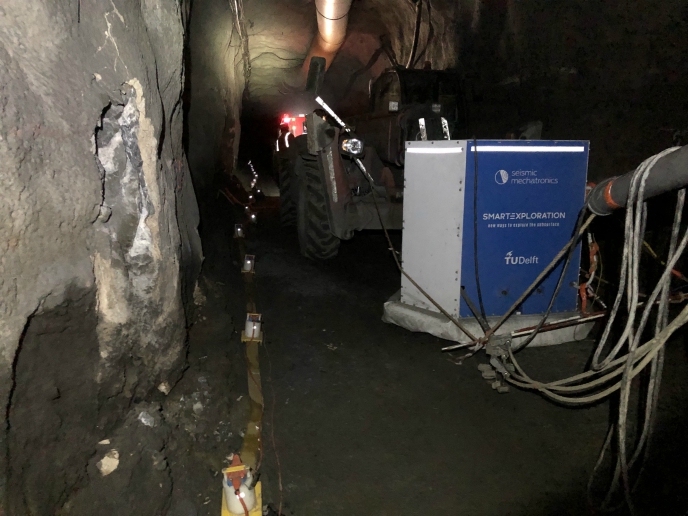A new tool for radiation therapy
Radiation has been successfully used to treat cancerous tumours for over 100 years. Despite many advances and new therapies, it remains one of the three main pillars of oncology along with surgery and chemotherapy. Brachytherapy based on internally sourced radiation has become a promising alternative to more conventional external-beam forms of radiation in some cases. It is a more cost-effective and highly localised way of delivering radiation by inserting radioactive sources of gamma rays or X-rays directly into the tumour. Advances in brachytherapy source design are moving toward reductions in photon energy. The EU-funded project 'Low energy gamma and X-ray therapy' (LOGX) was designed to update current human models used for dosimetric studies and investigate the effects of those changes on radiation quality. Previous studies modelled the human body as a sphere of 30-cm diameter filled with water and investigated high-energy photons. LOGX has contributed knowledge critically needed to bring the accuracy of brachytherapy up to speed with that achievable for external beam therapy through its evaluation of low-energy photons in full patient geometry. Scientists began by filling in background knowledge, obtaining accurate dosimetry and microdosimetry in the area around low-energy photon sources in human tissue. Following simplifying approximations and optimisation of algorithms for speed, this data was used to create a tool for clinical application. It enables the user to modulate the photon energy. In the final phase, the fast algorithm was combined with data from the dosimetry studies. The end result is a tool for assessing the effects of the brachytherapy both from a dosimetric standpoint and that of its radiobiological effectiveness for full patient geometry. LOGX outcomes were used to inform a recent report by the American Association of Physicists in Medicine (AAPM) regarding algorithms for dose calculation in brachytherapy. The high visibility worldwide supports a competitive position for the EU in radiation oncology. Further, and more importantly, results will improve dose calculation for brachytherapy and enable better quality of life for millions of EU citizens.







